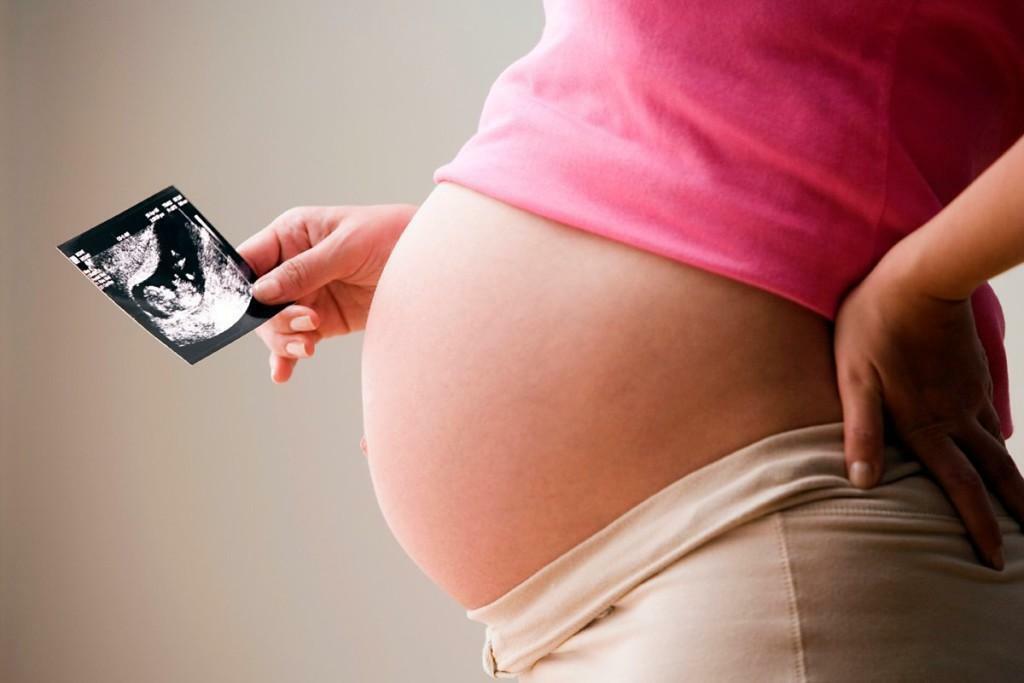Lyme borreliosis, or Lyme disease - a natural focal infection that is spread by insect bites (ticks) and in contact with their saliva into the human body a special kind of spirochetes.
Lyme disease is often recurrent or chronic, affecting the nervous system, skin, heart and skeleton.
On average 2-3 people sick per 100 000 population, especially poorly tolerated by adults or the elderly, but the lethality of borreliosis is not fixed.

Causes
Lyme disease is caused by specific microbes belonging to the spirochaetes. They are called Borrelia. Borrelia vectors are ticks. Reservoir of infection are warm-blooded animals, the main food for the mites.
Distributed widely borreliosis, it is often noted in the Urals, the Far East, South Siberia, in Kaliningrad, Leningrad, Tyumen, Yaroslavl, Tver, Kostroma and Perm areas.
Transmit borreliosis believe European and taiga ticks, according to epidemiologists Lyme has at least one third of all the mites. A person with Lyme disease, in terms of the epidemic is not dangerous, infect others it may not.
mechanism of infection
Process Borrelia entering the body occurs at the tick bite. In the process of sucking blood tick lets the wound saliva, infected by pathogen. Borrelia penetrate the skin and begin to actively proliferate at the site of the bite. As their numbers increase, they are distributed on the skin and penetrate into internal organs - the area of the joints, nervous tissue or heart tissue.
Lyme disease may occur years, periodically giving exacerbation or recurrence. Chronicity of the process takes place after a long time.
The symptoms of borreliosis
The average incubation period lasts from two days to a month, the average incubation period - two weeks.
For borreliosis is divided into several periods:
The first stage
- Early localized for. The first and typical sign borreliosis is the formation at the site of the tick bite skin redness annular shape.
As the disease progresses redness increases its diameter peripheral edge, averaging from 1-2cm in the beginning, up to 10 cm or more to the end of the period. Mainly spots round or ovoid. The edges of the ring is slightly raised above the level of healthy skin.
In the center of the skin turns pale and becomes a bluish color. In a place where there was the bite itself, there is a stain on it, and then peel the hem. Without treatment, the stain lasts about three weeks, gradually disappearing.

The second stage
- Early dissemenirovannaya or common, begins in a few months. There are signs of damage to the heart, nervous system and joints. There are arthritis, muscle pain, heart rhythm problems and myocarditis, Neuritis, encephalitis, Polyradiculoneuritis.
The third stage
- begins to form in the absence of treatment. Step chronic infection with progressive damage to the nervous system multiple sclerosis, Arthritis, dermatitis, skin atrophy and other symptoms.
Diagnostics
Lyme disease can be suspected by a characteristic annular erythema of the skin to peel in the middle. To confirm the diagnosis carried out laboratory testing of blood and identification of antibodies to Borrelia. To be tested for Lyme disease must be 2 weeks after the tick bite.
In parallel, research is being conducted with him on tick borne encephalitisSince mites bites and may carry both diseases directly.
Necessary x-rays of the joints and their inspection, conducting ECG and cardiac ultrasound, examination by a neurologist and neurological examination, if necessary - puncture to obtain the spinal fluid for analysis.
Lyme disease is necessary to differentiate rheumatoid arthritis, Infectious arthritis, tick-borne encephalitis.
borreliosis treatment
If you suspect a tick-borne Lyme disease patient should be hospitalized in an infectious diseases hospital. The hospital complex therapy for the destruction of borreliosis and restore organ function will be carried out, an infection. Without full treatment the disease can lead to the formation of disability.
The basis of the treatment of borreliosis - an impact on the pathogen antibiotic, which has a sensitivity of Borrelia. Furthermore, it is necessary pathogenetic treatment, based on the stage of the disease, leading symptoms and complications.
The easiest way to Lyme disease can be cured in the first stage - then we can prevent the development of neurological symptoms, the affected joints and heart problems.
Applied doxycycline, tetracycline or amoxicillin to 20-30 days, with the development of complications are shown injections of antibiotics. May be used cephalosporins, erythromycin or sumamed.
With the development of arthritis is used non-steroidal anti-inflammatory drugs, physical therapy and pain medications. To reduce the risk allergies with massive antibiotics used antihistamines.
At the recovery stage shows vitamins and immunotherapy.
Complications and forecasts
Weather favorable for life, complications arise when untreated borreliosis - formed arthritis, And carditis multiple sclerosis. This leads to disability and reduced quality of life.



